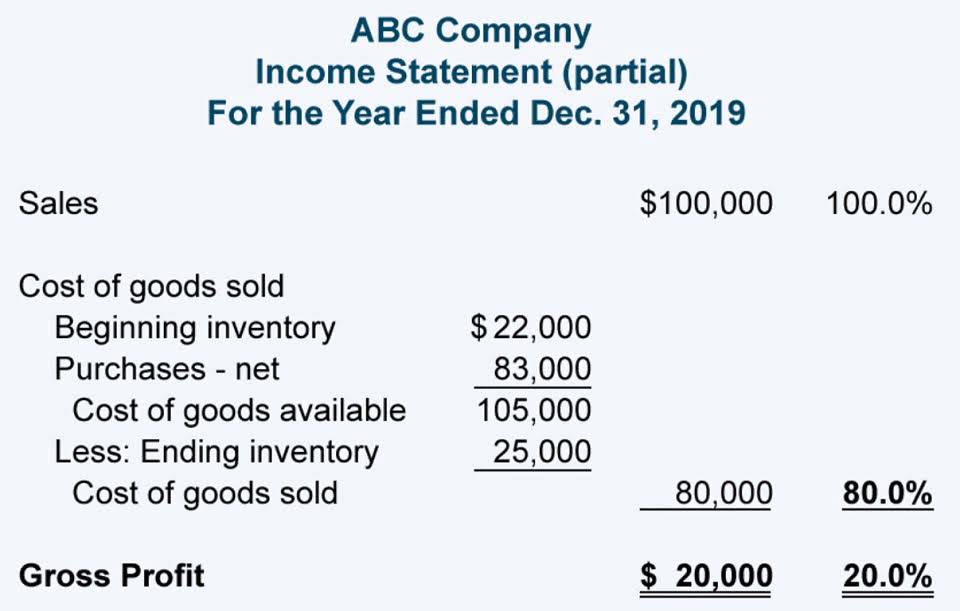
Federal law does not require that employers offer vacation time to their employees, though employers may choose to provide their employees with such benefits to prevent employee burnout and boost employee morale. Depending on the laws in your state regarding vacation pay, and your employer’s internal policy, how employers offer vacation time can differ significantly. Paid or unpaid, use it or lose it, and paid time off instead of vacation days, are some examples of different vacation time policies.
In most workplaces, 10 days of PTO is the norm, while some may offer up to 3 weeks of PTO. Vacation time is an essential precautionary measure for employers accrued vacation time to ensure their employees are healthy and productive. As with other terminations, this answer is entirely dependent on state law and company policy.
What Is Accrued Vacation Time?
Once in a while, it’s nice to know how many hours of time off you’ll have accrued for a future vacation date. Just enter how many hours of vacation you normally accrue per year and how many accrual periods out you’d like to plan. If you know your starting or current balance, you can enter that as well.
- You then have to determine how many weeks per year your business operates so that you can calculate how many work hours per year employees are eligible to accrue PTO annually.
- It’s best practice to track your sick leave accruals and balances separately from PTO available for vacation and other personal reasons.
- When an employee leaves, they’re usually entitled to a payout of the days of PTO they accumulated.
- Once in a while, it’s nice to know how many hours of time off you’ll have accrued for a future vacation date.
- Jennifer Soper has more than 20 years of writing and content experience, working with small businesses and Fortune 100 companies.
- This disparity can create real headaches and hardship for employees who need to use their PTO for an emergency, but who haven’t officially earned it because the HRIS is behind.
The latter three examples assume that the business puts a cap on how much PTO an employee can accrue in a year. But each year has to have a date when an employee can once again start accruing PTO and taking time off. That reset date varies from business to business, as some reset on January 1, while others go by fiscal year or work anniversary. Today’s reader note is very indicative of what’s happening right now in the workplace.
Step 5: Insert the Number of Vacation Days Taken from Employees’ Attendance Tracker
Next, subtract the number of hours the employee used from what they earned (50 – 10). As mentioned above, there is no federal requirement that employers give their employees vacation time. This means that employees who have been denied time that they accrued, in the states where payment of accrued vacation is required, must look to those states for enforcement. Many people who accrue PTO on an hourly basis are hourly employees (non-salaried) who work more or less than 40 hours per week. In these cases, HR usually determines hourly PTO accrual rates based on an average workweek (in hours) for that particular type of employee or job role. Then, they use timesheets, punch-cards, or other records to verify whether the employee actually worked those hours.
Daily PTO accrual means that employees earn paid time off in increments for each day that they work. A daily accrual period makes sense for employees that work a fixed amount of hours per day, or who work full days on part-time or irregular schedules. Another consideration when managing PTO accruals is determining whether you’ll allow your employees to have a negative PTO balance. That can happen, for example, if you offer two weeks of PTO a year and an employee wants to use it all in February.